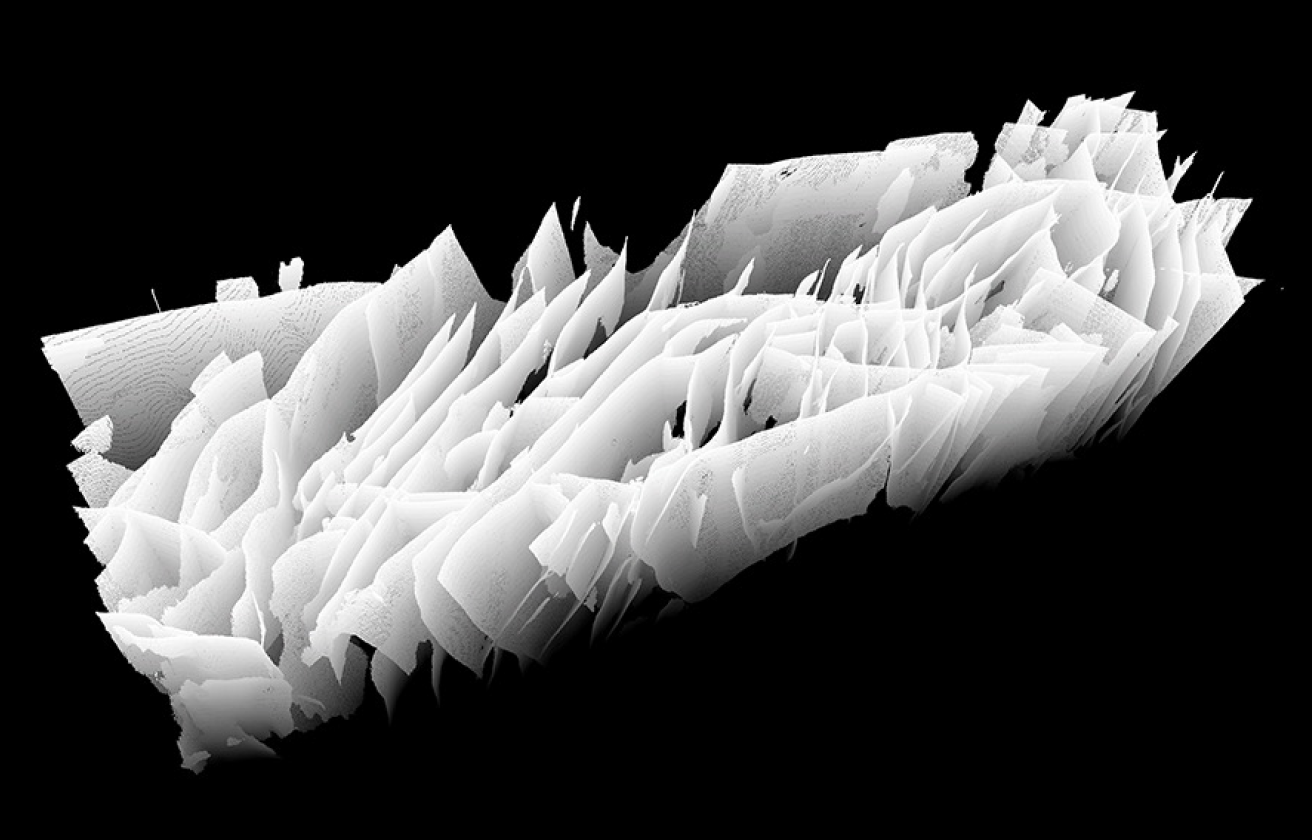Structural seismic interpretation can be a complex and time-consuming task. In this case study, we have applied an Artificial Intelligence (AI) fault interpretation workflow to a 28-year-old dataset (1992) from the UK sector of the Southern North Sea.
The data focuses on the Dowsing Graben System (DGS), North Dogger Fault Zone. The complex, thin-skinned tectonics which define the graben feature are detached from the underlying Permian tectonics. These are responsible for the surrounding hydrocarbon fields such as Lancelot, Excalibur, Mordred, Guinevere and Galahad; however, recent studies illustrate the importance of the DGS on
the petroleum system (Grant et al., 2019). Knowing that faults can influence the petroleum system, they all need defining clearly and concisely so a greater understanding of the subsurface can be achieved.
The clarity of the AI results ensures a rapid and detailed understanding of the structural regime. As would be expected from the application of AI, the results are available very quickly, the interpretation is free of any interpreter bias and delivers an indication of the confidence in the structural interpretation.
Click here if you would like to know more about this month's GEOExPro article.


